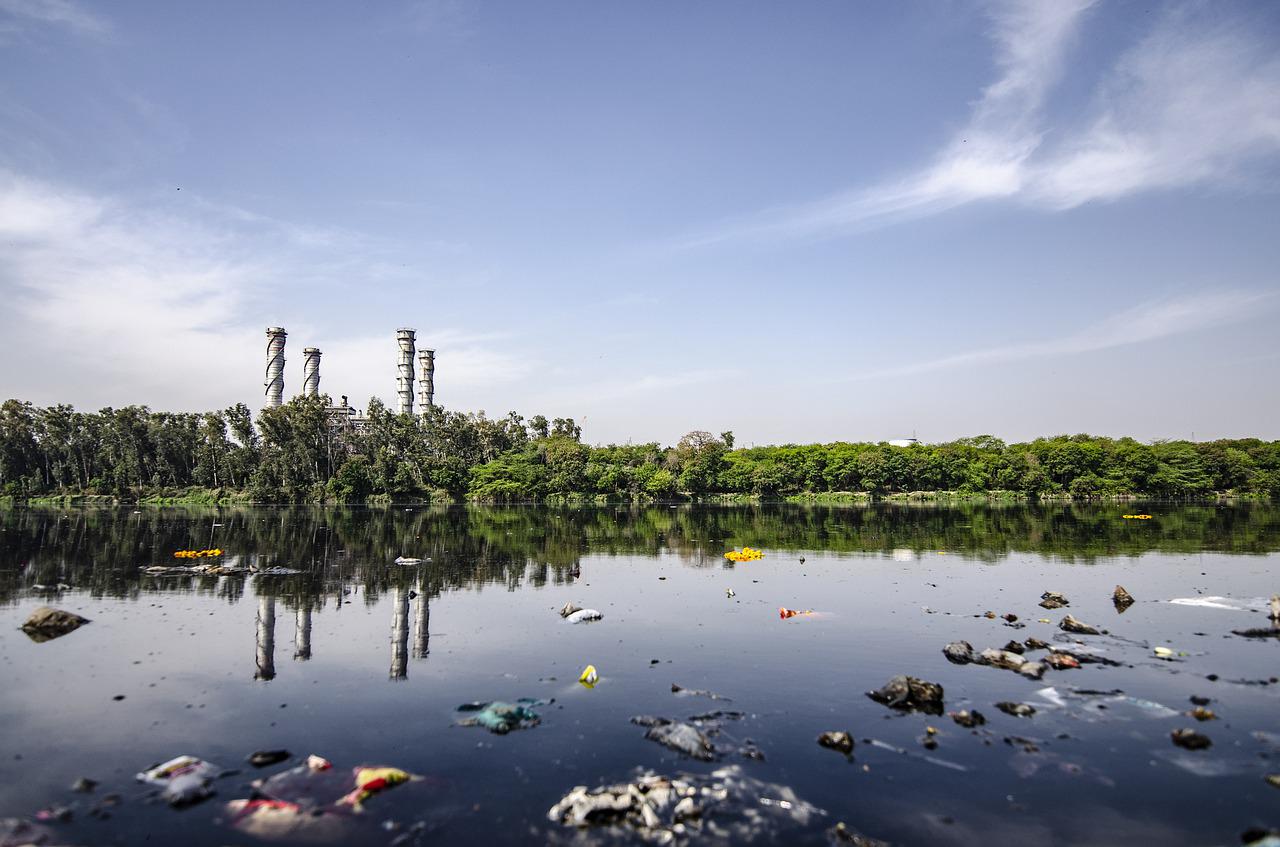
Pre-reading questions:
I will read each question. Then, please answer them.
- Where do you think plastics in the ocean come from?
- Why do people use computer recognition?
Vocabulary:
I will read the words, meanings, and sample sentences. Then, repeat after me.
- fate /feyt/
- surface /SUR-fis/
- threat /thret/
- accuracy /AK-yer-uh-see/
- issue /ISH-oo/
[noun] – what happens to a particular person or thing, especially something final or negative, such as death or defeat
His fate is now in the hands of the judge.
[noun] – the outer or top part or layer of something
This rock has a smooth, shiny surface.
[noun] – a suggestion that something unpleasant or violent will happen, especially if a particular action or order is not followed
Drunk driving poses a serious threat to other road users.
[noun] – the fact of being exact or correct
The machine can calculate your weight with accuracy.
[noun] – a subject or problem that people are thinking and talking about
There is wide disagreement on this issue.
Article reading:
Please read the whole article. Then, I will check your pronunciation and intonation.
Larger plastics entering the ocean have two possible fates: they can float on the surface or they can sink due to biofouling.
If not removed by clean-up operations through entanglement or ingestion, macroplastics (5 mm) will inevitably degrade and fragment into smaller plastics, posing a threat to marine life. Finding larger floating plastics in coastal waters may make it possible to learn crucial details about sources, pathways, and trends before they become entangled, consumed, exported, and/or degraded. Scientists are using computer technology to map and identify marine plastic pollution. Plymouth Marine Laboratory (PML) is taking pictures of various waste types with a camera mounted on a boat. The plastic bottles or bags can be recognized with 68% accuracy, the report claims. Despite being a significant factor in the global pollution crisis, plastic waste is difficult to monitor because of its size, complexity, and labor-intensive nature.
The problem of global plastic pollution exists. This strategy should serve as a springboard for the use of satellites and drones to address the marine plastics issue at the end of the product lifecycle. Artificial intelligence has made it possible for us to recognize floating plastic patches in the ocean. Environmental scientists may eventually employ the technique to more efficiently manage and monitor ocean plastic waste.
If not removed by clean-up operations through entanglement or ingestion, macroplastics (5 mm) will inevitably degrade and fragment into smaller plastics, posing a threat to marine life. Finding larger floating plastics in coastal waters may make it possible to learn crucial details about sources, pathways, and trends before they become entangled, consumed, exported, and/or degraded. Scientists are using computer technology to map and identify marine plastic pollution. Plymouth Marine Laboratory (PML) is taking pictures of various waste types with a camera mounted on a boat. The plastic bottles or bags can be recognized with 68% accuracy, the report claims. Despite being a significant factor in the global pollution crisis, plastic waste is difficult to monitor because of its size, complexity, and labor-intensive nature.
The problem of global plastic pollution exists. This strategy should serve as a springboard for the use of satellites and drones to address the marine plastics issue at the end of the product lifecycle. Artificial intelligence has made it possible for us to recognize floating plastic patches in the ocean. Environmental scientists may eventually employ the technique to more efficiently manage and monitor ocean plastic waste.
Comprehension questions
I will read each question. Then, please answer them based on the article.
- What are the two possible fates of larger plastics entering the ocean?
- What will happen to marine life if plastics are not removed by clean-up operations?
- What does PML stand for?
- How accurate is the PML’s camera that recognizes plastics?
- How could environmental scientists more efficiently manage and monitor ocean plastic waste?
Discussion questions
I will read each question. Then, please answer them.
- What is your most purchased plastic item? Could you tell me about it?
- What AI software do you use in your everyday life? Could you tell me about them?
- If you were to address the global plastic issue, how would you do it?
- Do you think AI is an effective way to combat the global plastic issue?
- What can you do to help solve the global plastic issue?